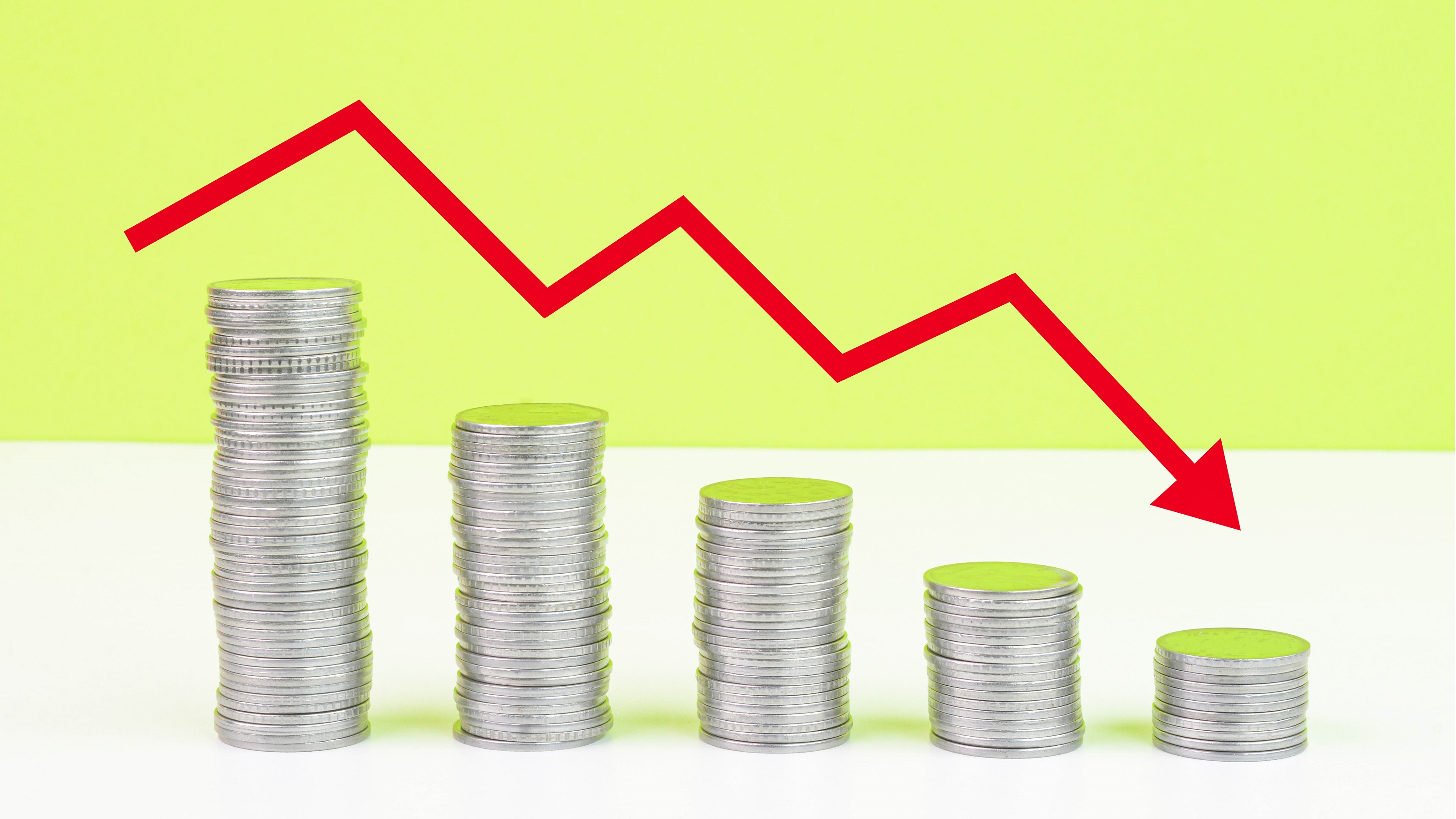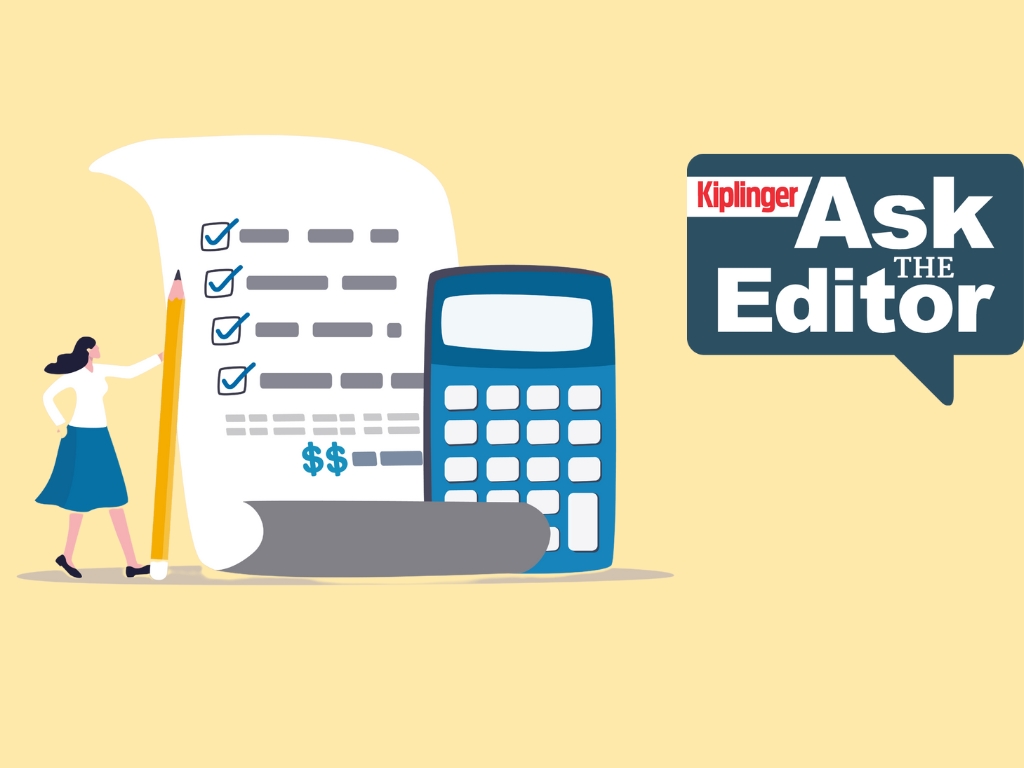Sequence of Return Risk: How Retirees Can Protect Themselves
You need to understand this risk, or you might run out of money in retirement. Here's how it works — and some mitigation strategies for financial stability.


Retirement planning is a multifaceted endeavor that encompasses everything from asset allocation to health care costs.
One crucial — yet often overlooked — aspect is sequence of return risk. This risk refers to the danger of experiencing negative investment returns early in retirement, which can significantly deplete a retiree’s portfolio and potentially derail their long-term financial security.
What is sequence of return risk?
Sequence of return risk stems from the timing of investment returns rather than the average rate of return itself. It primarily affects retirees who depend on their investment portfolios for income. When the market experiences a downturn early in retirement, retirees face the double whammy of withdrawing funds from a shrinking portfolio while simultaneously experiencing losses.
From just $107.88 $24.99 for Kiplinger Personal Finance
Become a smarter, better informed investor. Subscribe from just $107.88 $24.99, plus get up to 4 Special Issues

Sign up for Kiplinger’s Free Newsletters
Profit and prosper with the best of expert advice on investing, taxes, retirement, personal finance and more - straight to your e-mail.
Profit and prosper with the best of expert advice - straight to your e-mail.
Even if the market rebounds in subsequent years, the initial depletion of assets can have lasting repercussions on the sustainability of retirement funds.
The impact of sequence of return risk
The ramifications of sequence of return risk can be profound. A study by the American College of Financial Services found retirees who experience poor market performance in the early years of retirement face a significantly higher risk of running out of money later. This risk is particularly pronounced for those who follow a fixed withdrawal strategy, as they must sell assets at depressed prices to meet their income needs.
Moreover, sequence of return risk can force retirees to adjust their lifestyle or spending habits unexpectedly. This can lead to emotional stress and anxiety, undermining the enjoyment of retirement years that should ideally be characterized by peace of mind and financial security.
Mitigating sequence of return risk
While sequence of return risk cannot be eliminated, there are several strategies retirees can use to mitigate its impact:
Asset allocation. A well-diversified portfolio that includes a mix of stocks, bonds and other assets can help cushion the impact of market downturns. Bonds, in particular, provide stability and can serve as a source of income during bear markets.
Dynamic withdrawal strategies. Instead of adhering to a fixed withdrawal rate for their income plan, retirees can adopt dynamic withdrawal strategies that adjust their spending based on market performance. Techniques, such as the Guyton-Klinger rules or the 4% rule with guardrails, allow retirees to scale back withdrawals during poor market conditions, preserving their portfolio for future years.
Cash reserves. Maintaining a cash reserve equivalent to one to two years’ worth of living expenses can provide a buffer during market downturns. This enables retirees to refrain from selling investments at unfavorable prices and gives their portfolios time to recover.
Longevity planning. Incorporating longevity risk into retirement planning can help retirees prepare for the possibility of a longer-than-expected lifespan. Annuities and other longevity products offer guaranteed income streams that can supplement retirement savings and reduce reliance on volatile investment markets.
Regular portfolio rebalancing. Periodic rebalancing ensures that a portfolio’s asset allocation remains aligned with the retiree’s risk tolerance and financial goals. This practice prevents overexposure to volatile asset classes and reduces the impact of market fluctuations.
Conclusion
Sequence of return risk poses a significant threat to retirees’ financial security, especially in an era of increasing market volatility and uncertainty. However, by understanding the nature of this risk and implementing prudent mitigation strategies, retirees can safeguard their retirement income and enjoy a more stable and fulfilling post-work life.
As with any aspect of retirement planning, consulting with a qualified financial adviser is essential when looking to tailor strategies to individual circumstances and goals. By taking proactive steps to address sequence of return risk, retirees can enhance their resilience in the face of market turbulence and achieve greater peace of mind.
Dan Dunkin contributed to this article.
Appearances on Kiplinger.com were obtained through a paid public relations program. The columnist received assistance from a public relations firm in preparing this piece for submission to Kiplinger.com. Kiplinger was not compensated in any way.
Profit and prosper with the best of Kiplinger's advice on investing, taxes, retirement, personal finance and much more. Delivered daily. Enter your email in the box and click Sign Me Up.

Robert A. Guy is the president of Tax & Investment Advisors, a retirement planning firm located in beautiful Newburyport, Mass. He is the author of Retire Free: Five Steps Toward Living Your Best Retirement. Rob has been helping families turn their lifetimes of work into the retirement they deserve for more than 30 years. His professional mission is to help families achieve the confidence, comfort and control they seek in order to enjoy retirement to the fullest.
-
 Ask the Editor: Itemized Deductions
Ask the Editor: Itemized DeductionsAsk the Editor In this week's Ask the Editor Q&A, Joy Taylor answers questions on itemized deductions claimed on Schedule A of Form 1040
-
 9 Types of Insurance You Don't Need
9 Types of Insurance You Don't NeedFinancial Planning If you're paying for these types of insurance, you may be wasting your money. Here's what you need to know.
-
 Are You Putting Yourself Last? The Cost Could Be Your Retirement
Are You Putting Yourself Last? The Cost Could Be Your RetirementIf you're part of the sandwich generation, it's critical that you don't let the needs of your aging parents come at the expense of your future.
-
 Are You Putting Yourself Last? The Cost Could Be Your Retirement Security
Are You Putting Yourself Last? The Cost Could Be Your Retirement SecurityIf you're part of the sandwich generation, it's critical that you don't let the needs of your aging parents come at the expense of your future.
-
 I'm an Insurance Pro: It's Time to Prepare for Natural Disasters Like They Could Happen to You
I'm an Insurance Pro: It's Time to Prepare for Natural Disasters Like They Could Happen to YouYou can no longer have the mindset that "that won't happen here." Because it absolutely could. As we head into 2026, consider making a disaster plan.
-
 The Future of Philanthropy Is Female: How Women Will Lead a New Era in Charitable Giving
The Future of Philanthropy Is Female: How Women Will Lead a New Era in Charitable GivingWomen will soon be in charge of trillions in charitable capital, through divorce, inheritance and their own investments. Here's how to use your share for good.
-
 The Retirement Donor's Checklist: Key Deadlines by Gift Type
The Retirement Donor's Checklist: Key Deadlines by Gift TypeRetirees have some charitable contribution options that can help avoid spikes in income from RMDS and capital gains.
-
 Cooler Inflation Supports a Relief Rally: Stock Market Today
Cooler Inflation Supports a Relief Rally: Stock Market TodayInvestors, traders and speculators welcome much-better-than-hoped-for core CPI data on top of optimism-renewing AI earnings.
-
 The November CPI Report Is Out. Here's What It Means for Rising Prices
The November CPI Report Is Out. Here's What It Means for Rising PricesThe November CPI report came in lighter than expected, but the delayed data give an incomplete picture of inflation, say economists.
-
 I'm 73, Retired, and Dreading Winter, But I Can't Afford to Be a Snowbird. Help!
I'm 73, Retired, and Dreading Winter, But I Can't Afford to Be a Snowbird. Help!How can a snowbird wannabe warm up without the expense? We asked professional wealth planners for advice.
-
 5 Smart Things to Do With Your Year-End Bonus, From a Financial Professional
5 Smart Things to Do With Your Year-End Bonus, From a Financial ProfessionalAfter you indulge your urge to splurge on a treat, consider doing adult things with the extra cash, like paying down debt, but also setting up a "fun fund."